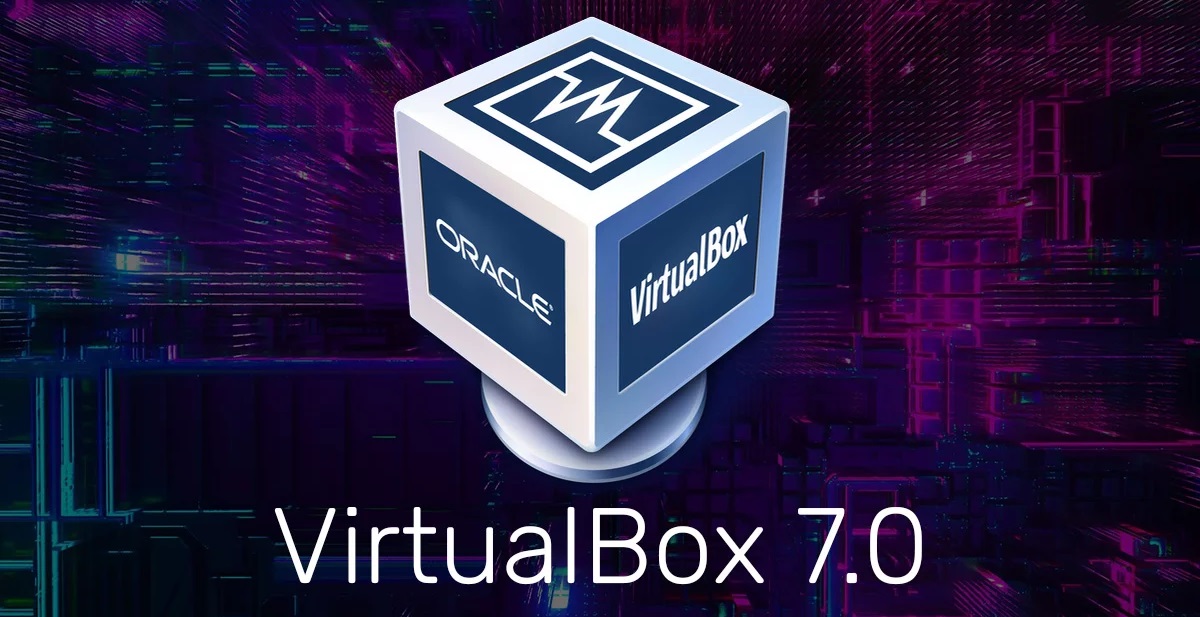
VM VirtualBox is virtualization software for x86/amd64 architectures
Oracle released the release of the corrective version virtualization system "Virtual Box 7.0.8", which points to 21 corrections.
At the same time, an update to the previous branch of VirtualBox 6.1.44 with 4 changes, including improved systemd usage detection, support for Linux 6.3 kernel, and a fix for vboxvide compilation issues with RHEL 8.7, 9.1, and 9.2 kernels.
Main new features of VirtualBox 7.0.8
In this new version of VirtualBox 7.0.8, the initial support for the Linux 6.3 kernel stands out, as well as the ability to disable verification of kernel modules Linux by digital signature is provided by specifying the parameter VBOX_BYPASS_MODULES_SIGNATURE_CHECK=»1» in the /etc/vbox/vbox.cfg file for host environments and in the /etc/virtualbox-guest-additions.conf file for guest systems.
Another change that stands out is that in Linux Guest Additions added experimental support for reloading kernel modules and user services after the VirtualBox installation is complete, eliminating the need to reboot the entire system after upgrading the Guest Additions suite.
Added the command "modifynvram enrollmok" to VBoxManage to add a MOK key (machine owner key) to NVRAM, which can be used to verify Linux guest kernel modules. Added API to add digital signatures to MOK list (Machine owner key).
The prompt to restore the current snapshot was returned to the GUI in the virtual machine shutdown dialog, resolved issues with writing the port value in the USB filter editor, edited the VM name, and The operating system type in the panel with detailed information about the virtual machine has been adjusted.
Of the other changes that stand out:
- Improved definitions for using systemd to initialize the system in Linux Guest Additions.
- Issues with creating the vboxvideo module when using RHEL 8.7, 9.1 and 9.2 kernels have been resolved.
- Support for nested execution of virtual machines in Virtual Machine Manager has been improved.
- Fixed issues that occurred when using the Hyper-V hypervisor.
- Improved startup of UEFI guests when using macOS 13.3+.
- Oracle VM VirtualBox Extension Pack addresses issues with delivering a cryptographic module to provide full virtual machine encryption.
- For the E1000 controller, the process of changing the network link has been simplified.
- Changes have been added to virtio-net to improve compatibility with FreeBSD 12.3 and pfSense 2.6.0.
- Resolved graphics issues that occurred when using Windows 7 guests.
If you are interested in knowing more about it about the release of this version VirtualBox 7.0.8 you can consult the details in the following link.
How to install VirtualBox 7.0.8 on Ubuntu and derivatives?
For those who are already VirtualBox users and they have not yet updated to the new version, they should know that they can only update by opening a terminal and typing the following command in it:
sudo apt update sudo apt upgrade
Now for those who are not yet users, you should know that before installing, they need to ensure that hardware virtualization is enabled. If they are using an Intel processor, they must enable VT-x or VT-d from their computer's BIOS.
In the case of Ubuntu and derivatives, we have two methods to install the application or, where appropriate, update to the new version.
The first method is by downloading the "deb" package offered from the official website of the application. The link is this.
The other method is adding the repository to the system. To add the official VirtualBox package repository, they should open a terminal with Ctrl + Alt + T and run the following command:
echo "deb https://download.virtualbox.org/virtualbox/debian $(lsb_release -cs) contrib" | sudo tee /etc/apt/sources.list.d/virtualbox.list
Done this now We must add the public PGP key from the official VirtualBox packages repository to the system.
Otherwise, we will not be able to use the official VirtualBox package repository. To add the public PGP key from the official VirtualBox package repository, run the following command:
wget -q https://www.virtualbox.org/download/oracle_vbox_2016.asc -O- | sudo apt-key add -
We must update the APT package repository with the following command:
sudo apt-get update
Once this is done, now we are going to proceed to install VirtualBox to the system with:
sudo apt install virtualbox-7.0
And ready with it, we can use the new version of VirtualBox in our system.